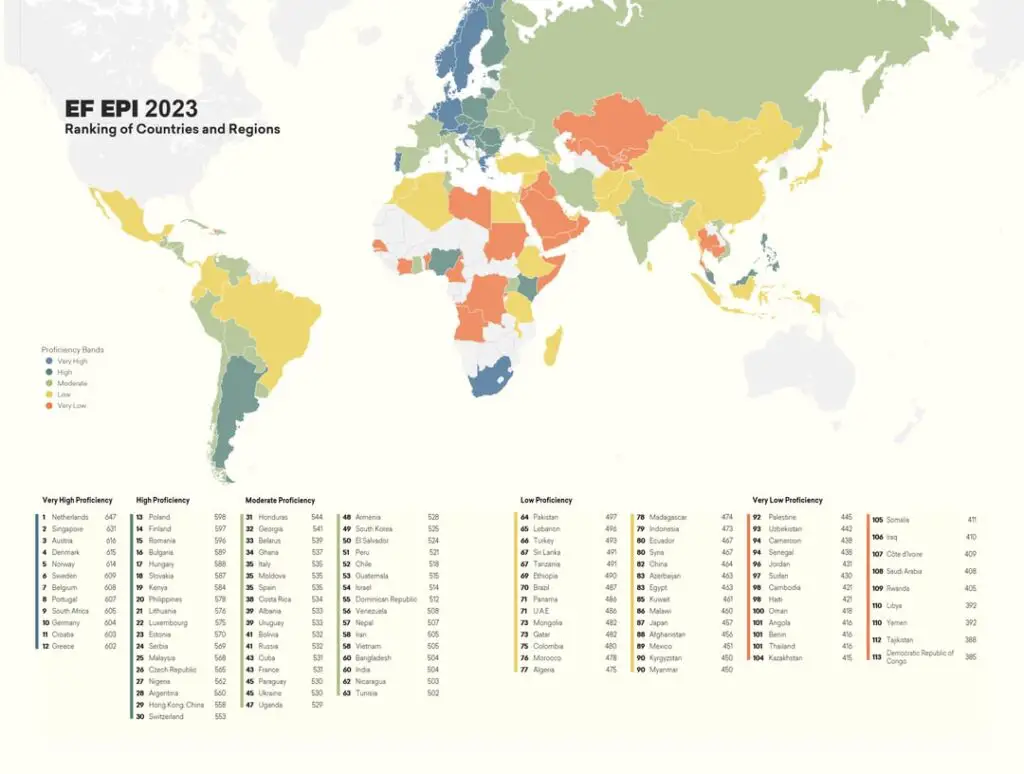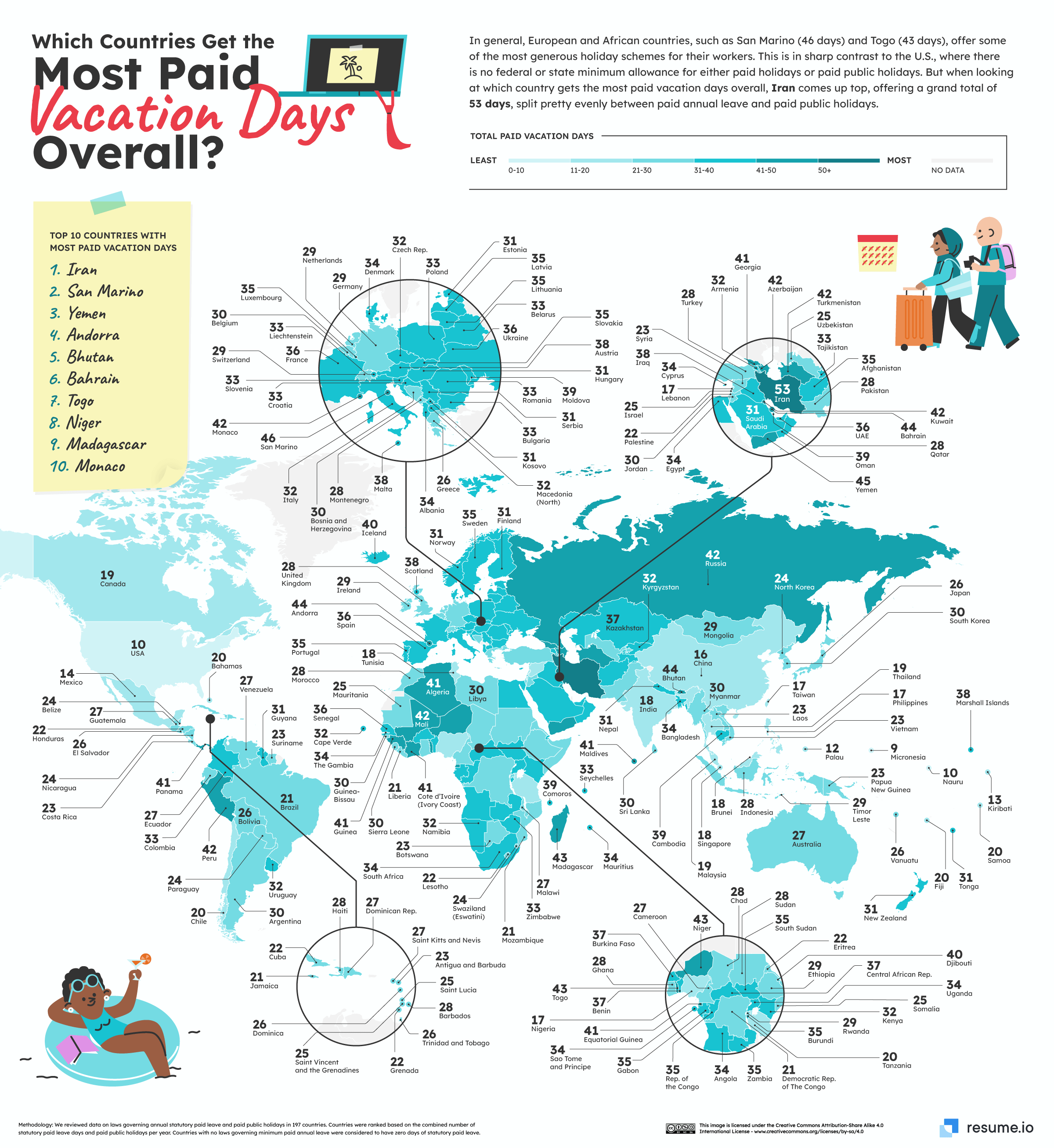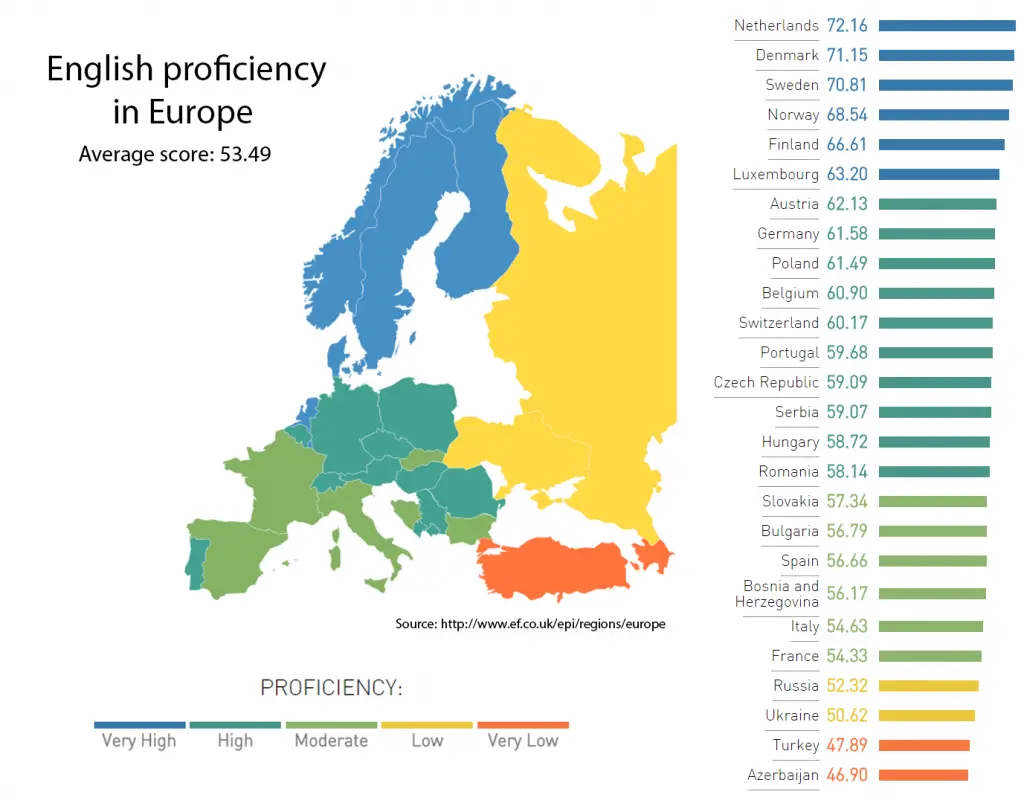How English Proficiency Changed Worldwide: 2015 vs 2023

Back in 2015, the global English proficiency landscape told a particular story. Northern European countries were already leading the pack, while Asian giants like China and Japan were still working to boost their English skills. In Africa, only a handful of countries participated in the EF English Proficiency testing, leaving much of the continent unrated.

Fast forward to 2023, and the changes are striking. The world has become more interconnected, and English proficiency reflects this shift. More countries now participate in the assessment, giving us a fuller picture of global English skills.
What Changed in Eight Years?
Asia has seen some of the most dramatic changes. South Korea climbed from moderate to high proficiency, reflecting the country’s heavy investment in English education. China’s major cities now show notably higher scores, though rural areas still lag behind.
In Latin America, progress has been steady but uneven. Argentina maintains its position as the region’s strongest English-speaking nation, while Brazil has made significant strides since 2015. The rise of remote work opportunities with U.S. companies has played a key role in motivating young professionals to improve their English skills.
Africa’s English proficiency map is now much more complete. Countries like Kenya and Nigeria, where English serves as an official language, show strong performance. South Africa maintains high proficiency levels, powered by its role as a business hub connecting Africa with global markets.
The Tech Effect
Perhaps the biggest change since 2015 is how we learn and use English. Smartphones were already common in 2015, but the apps and tools we use have transformed. Language learning apps, YouTube tutorials, and social media have created immersive English environments even in countries where you rarely hear English on the street.
Business and Beyond
The business world has changed too. In 2015, English was important for international trade. By 2023, it had become absolutely crucial. The explosion of remote work since 2020 means that professionals from Vietnam to Venezuela now regularly join English-language Zoom calls with global teams.
Looking Forward
While the overall trend shows improvement, some patterns persist. Countries with subtitled rather than dubbed English media consistently perform better. Nations that emphasize early English education see stronger results. And increasingly, countries that attract international tech companies see their English proficiency scores rise.
Want to Explore World Geography Further?
If you’re interested in global patterns and geography, here are some excellent world maps available on Amazon:
- National Geographic World Classic Wall Map Poster – A detailed political map with up-to-date country boundaries
- Swiftmaps World Modern Day Wall Map – Perfect for home or office reference
- Hemispheres World Political Wall Map – Features clear country divisions and capitals
Did You Know?
The global shifts in English proficiency closely mirror trends in internet access and digital technology adoption. Countries with high internet penetration rates typically show stronger English skills, highlighting how digital connectivity and language learning go hand in hand.
For the complete data and detailed country rankings, you can visit the official EF English Proficiency Index website.








